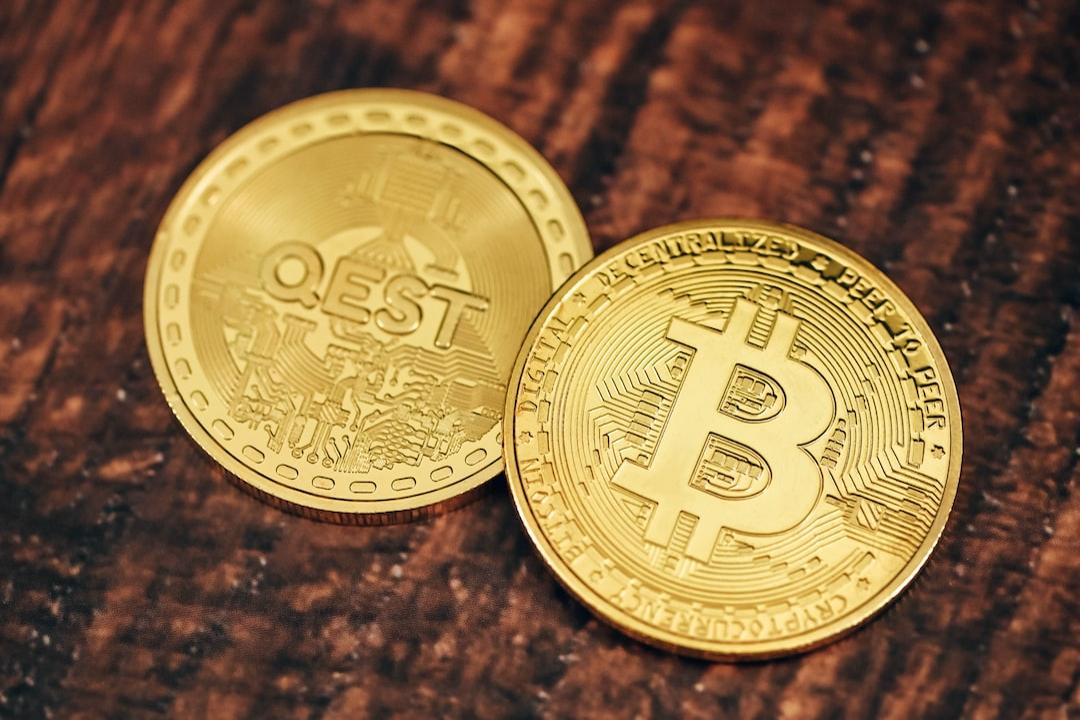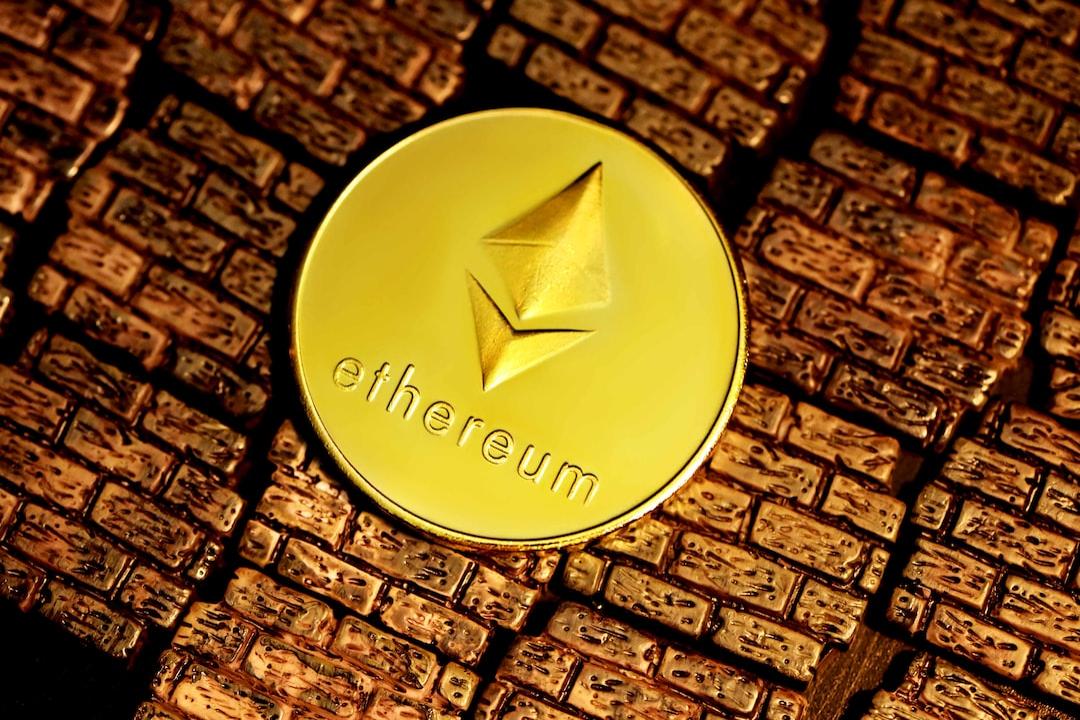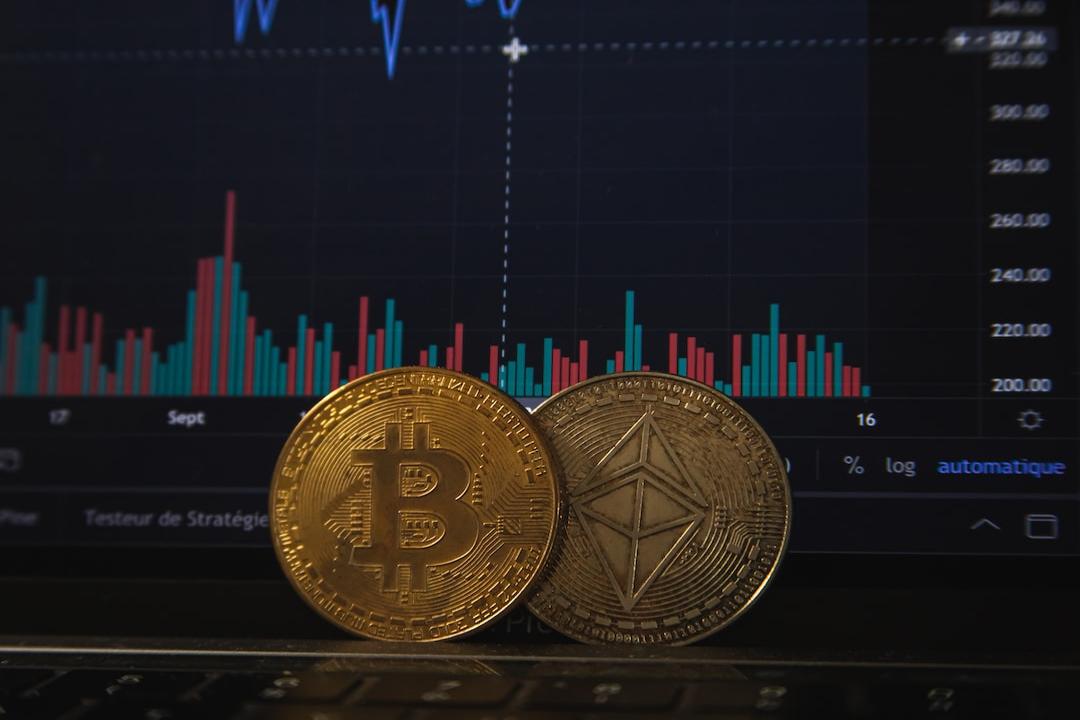On-chain users can generally be divided into three categories: airdrop players, DeFi players, and trading players.
This article is sourced from a piece by Yue Xiaoyu and republished by Foresight News.
(Background context: Value investing master Howard Marks’ latest memo “Nobody Knows”: Don’t trust the experts, no one can predict when the financial apocalypse will arrive.)
(Background supplement: Glassnode: Whales holding over 10,000 BTC have made strong purchases this month, while smaller investment groups are selling Bitcoin.)
On-chain users can generally be divided into three categories: airdrop players, DeFi players, and trading players.
Airdrop Players:
This type of player focuses on participating in airdrop activities of Web3 projects to obtain token rewards at low or even no cost. Their goal is usually short-term profit, and they are often referred to as “airdrop hunters.”
DeFi Players:
This type of user is enthusiastic about DeFi, earning returns through liquidity provision, staking, lending, arbitrage, and other means, in pursuit of more stable long-term returns.
Trading Players:
This specifically refers to meme coin players, who are primarily speculative, hoping to strike it rich by catching the next big trend.
The three user groups have very distinct characteristics, which I compared using a radar chart. You can see which type of player you belong to and which type you aspire to become.
The overall comparison is divided into five dimensions: technical ability, risk preference, time investment, community participation, and return expectations.
The scoring range is from 1 to 5 (1 being the lowest and 5 being the highest).

Conclusion:
Airdrop players: The radar chart shows a shape leaning towards “time investment,” with moderate technical ability and community participation, low risk preference, and low return expectations, forming a relatively balanced but inwardly biased pentagon.
DeFi players: The radar chart highlights “technical ability” and “risk preference,” with high return expectations but low community participation and time investment, forming a shape that expands outward but narrows at the bottom.
Meme coin trading players: The radar chart strongly leans towards “risk preference,” “return expectations,” and “community participation,” with lower technical ability, forming an overall outward-facing shape.
Consider combining this with your behavioral preferences:
If you have ample time, limited capital, and a low risk preference, then you are suited to become an airdrop player;
If you are technically driven, enjoy research, and have a certain amount of capital, then you can become a DeFi player;
If you enjoy speculation, can tolerate high risk, and aspire to wealth through trading, then you might consider becoming a meme coin player.
Detailed Analysis:
1. Airdrop Players
Technical Ability (3/5): Requires basic understanding of blockchain operations (such as wallet usage and interacting with test networks), but does not necessitate an in-depth understanding of smart contracts or complex DeFi mechanisms.
Risk Preference (2/5): Generally low risk, as the investment cost is usually just time and a small amount of gas fees, with little loss in case of failure.
Time Investment (4/5): Requires substantial time to research new projects and complete tasks (like Discord activities, testing interactions) to ensure no airdrop opportunities are missed.
Community Participation (3/5): Active on platforms like Discord and Twitter, but more for task completion rather than deep engagement with community culture.
Return Expectations (3/5): Expecting to gain considerable returns through airdrops, but due to varying project quality, the uncertainty of returns is high.
2. DeFi Players
Technical Ability (4/5): Needs to understand complex DeFi protocols (like Uniswap, Aave), liquidity pool mechanisms, and risk management (like impermanent loss).
Risk Preference (4/5): Willing to take on higher risks (like smart contract vulnerabilities, market volatility), but typically mitigates losses through diversified investments.
Time Investment (3/5): Requires regular monitoring of markets and adjusting strategies, but not as frequent as airdrop players.
Community Participation (2/5): More focused on personal gains than community activities, with relatively low participation unless it involves governance voting.
Return Expectations (4/5): Pursuing stable and high annual returns (like 10%-100%), showing little interest in short-term wealth.
3. Trading Players
Technical Ability (2/5): Simple operations requiring only basic knowledge of wallets and trading, with no need for deep technical understanding.
Risk Preference (5/5): Extremely high risk tolerance, willing to participate in projects with a high probability of “going to zero,” in pursuit of the “hundredfold coin” dream.
Time Investment (4/5): Primarily relies on market sentiment and trends, requiring constant monitoring of community dynamics, resulting in significant time investment.
Community Participation (5/5): Highly active in meme coin communities (like Twitter, Telegram), driving price increases through hype and dissemination.
Return Expectations (5/5): Expecting ultra-high returns (like hundreds or even thousands of times), but with a very low success rate, often more of a gambling mindset.
In Summary
No matter which type of player you are, there is no “best” category, only the one that suits you best, so you must find the path that fits you most.
For me, my learning path has been:
Starting as an airdrop player, experiencing product learning processes while also gaining rewards;
Progressing to a DeFi player, further understanding protocols and on-chain operations, mining for returns;
Finally transitioning to an on-chain trading player, catching popular narratives and searching for wealth codes on-chain.
My identity and positioning have undergone multiple transformations, but what remains constant is my continuous learning of new things, constantly breaking through my limitations, and striving to keep up with the rapid development of the industry.
Find the path that suits you, and then move forward!



